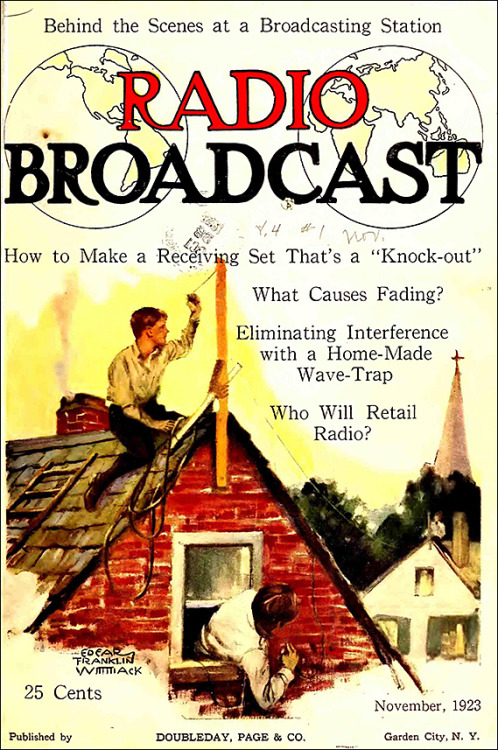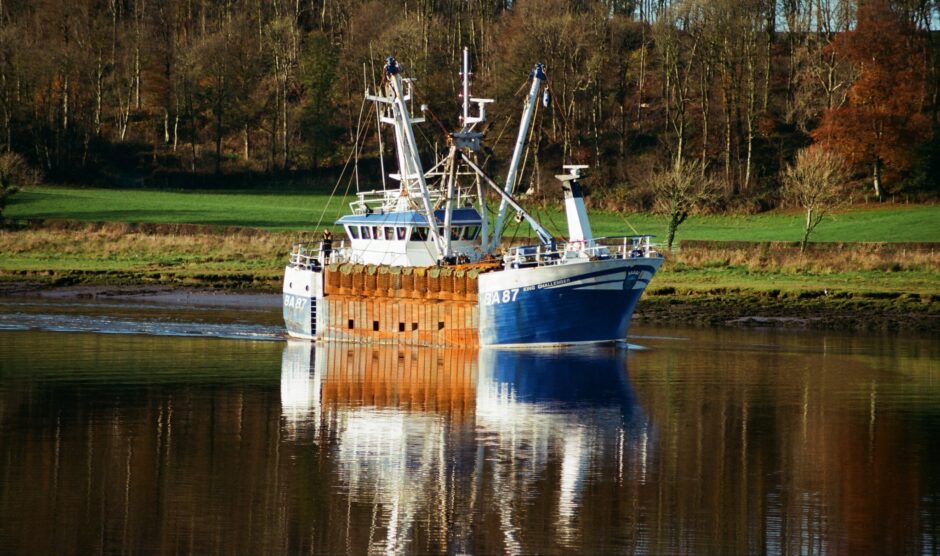
10 Years before I was born, but as a child, this was still very much as it was. To receive broadcasts from the BBC (or anywhere else) you put up about 30 feet of copper wire s high as you could get it. Practically speaking this usually meant one end would be attached at about the height of the gutter on the house, and the other end to a tree, if there was one, or to a pole you had to erect yourself. There was a clever porcelain insulator at each end. The aerial wire would be looped securely through a hole in this insulator and through another hole would go the piece of wire or rope to be used to attach the aerial to its support. The two wires must not touch and the design of the insulator ensured that they remained separated.
From the aerial a wire descended to the living room where the brave householder had drilled a hole through the window frame. No electric drills then. Many turns on a hand drill required. Once into the house the wire would be conducted discreetly round the skirting to the wireless set and with a little red jack plug on its end, inserted into the socket at the back of the set.
But, there was another socket marked “Earth”. Outside, in the garden a copper spike about 18 inches long would be driven into the ground, a bit away from the wall where the soil would usually be damp – for good conduction. From a terminal at the top of the spike another wire would run through another hole in the window from, also round the skirting and via a black jack plug to the earth socket. Thus equipped, and with a three pin plug to connect to the mains, you were ready to switch on and wait for the set to warm up. Those of you who remember “Much Binding in the Marsh” will remember Kenneth Horne and Richard Murdoch switching on the radio and after a pause saying, “These sets take a long time to warm up”. This is how things were at the point where I effectively left home about 1952. By the time we set up home in Hull in 1959 we were able to buy a radio set that had its own internal aerial, and being in Hull it also had a “Trawler Band” so that fishermen’s families could listen to what was going on at sea.

